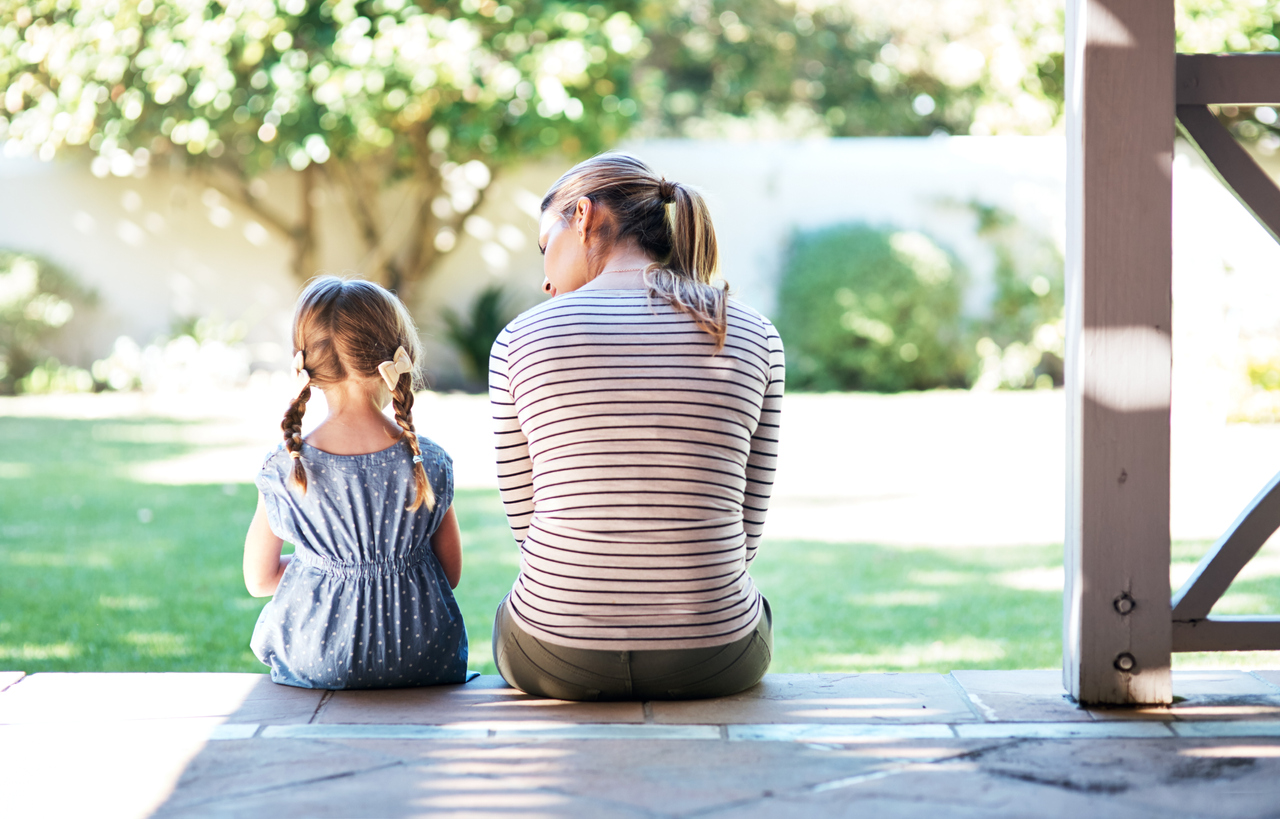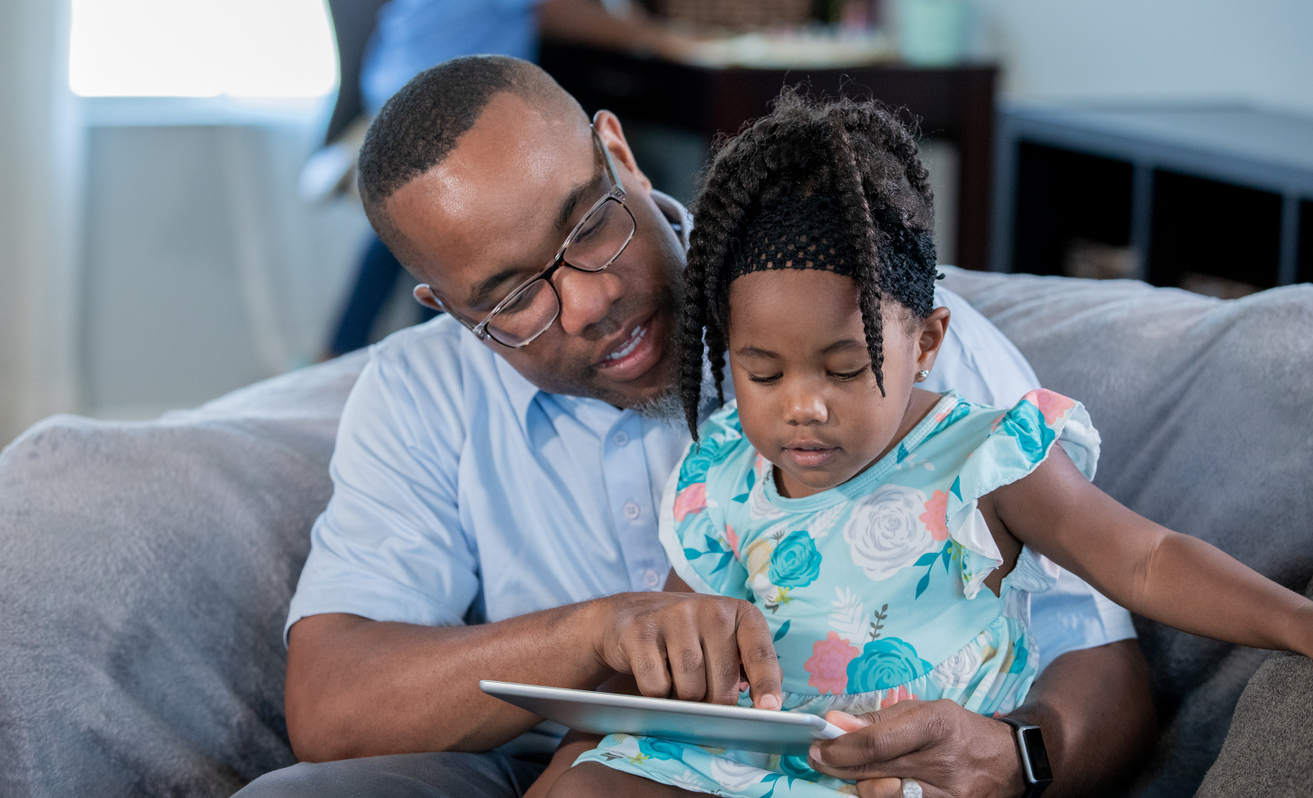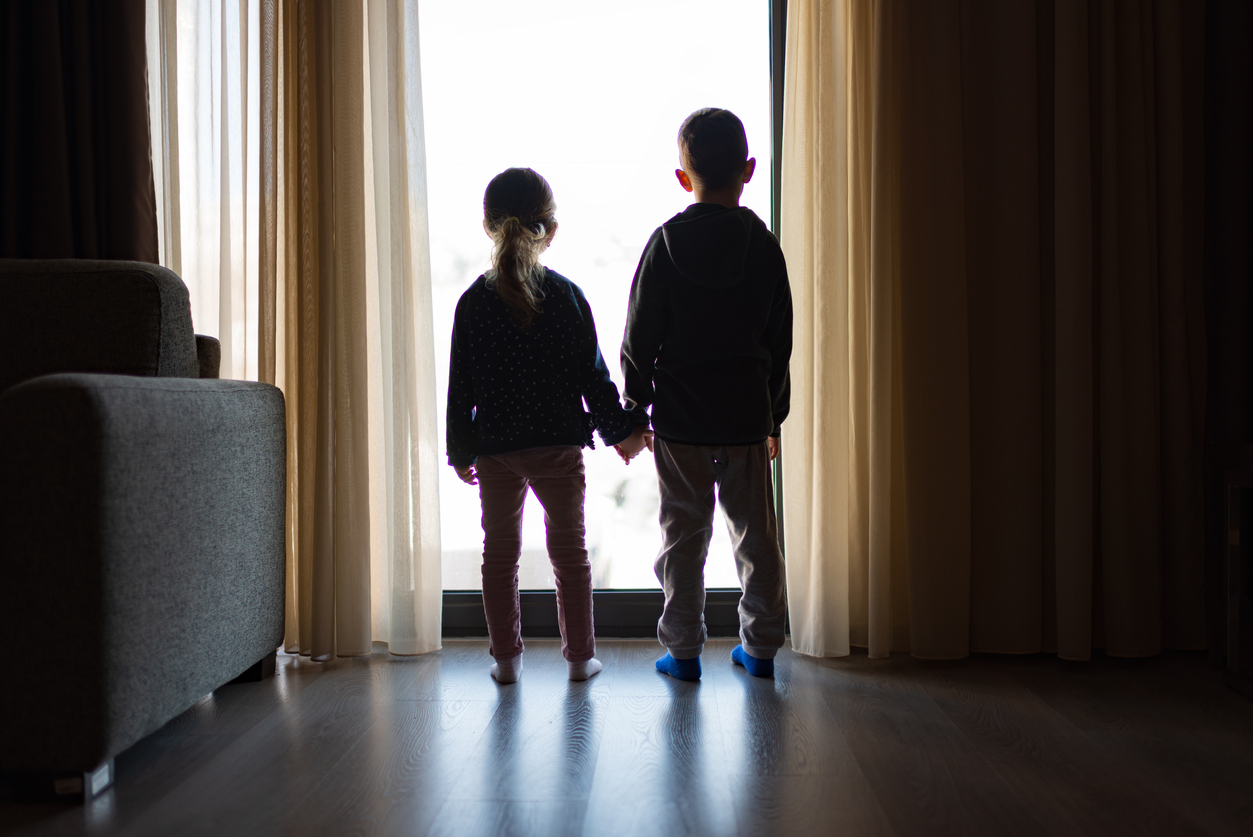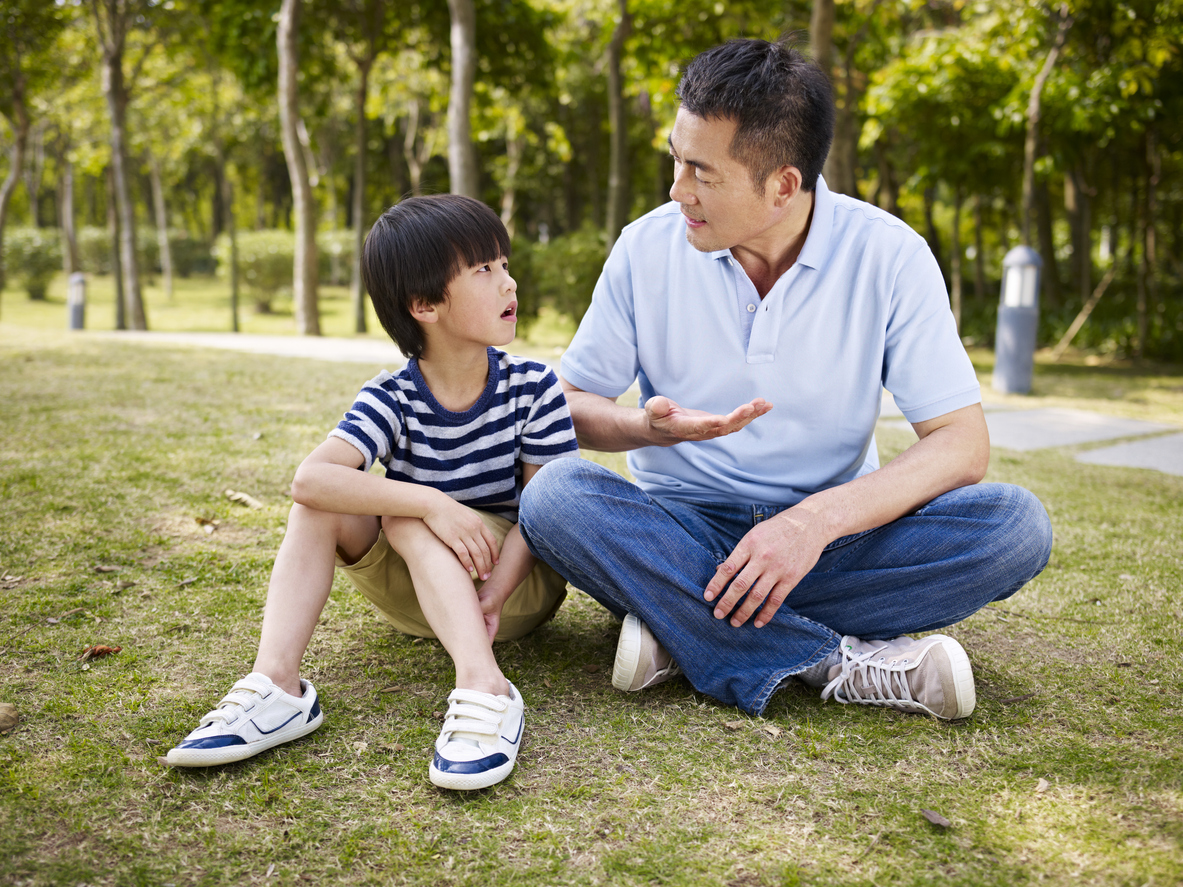Based on guidance from Council for Professional Recognition CEO Dr. Calvin Moore, Jr.
Many of us want to speak with our kids about racial equity, but find the subject daunting—especially for children age birth to five. Though the topic may seem difficult to navigate, children are already thinking about race every day. From visiting the grocery store to watching TV, kids often encounter people of many different racial groups. Talking to children about race can begin with an ordinary experience and can lead to an impactful conversation.
As parents and educators, it is our job to teach children about the great importance of racial equity, and to provide a safe place to ask questions and process emotions. It is our role to offer encouragement so that children can learn, grow, and be heard. We recommend the following tips for talking with young children about race and injustice.
 1. Acknowledge the situation.
1. Acknowledge the situation.
Prepare for the conversation with your child by writing down a few points that you would like to address. For example, you could follow up on something your child has asked about, such as this 4-year-old’s question: “Why are some police unfair to Black people?” In your response, experts suggest focusing on key words like “fairness,” which preschoolers understand. You might say:
“Did you ever have a situation where something was done to you or someone that you felt was wrong? How do you feel about it? Is there something you wanted to say when it happened, but you didn’t because you were afraid?” – Dr. Howard Stevenson, clinical psychologist, U. Penn
“Racism [is] unfair and that’s why we need to work together to make it better.” – UNICEF
Talking with your kids about racial injustice should be an age-appropriate, open, and ongoing discussion. We might fear that children will become frightened or upset when speaking about injustice, but children can come to harmful conclusions about race when it’s not discussed openly.
 2. Celebrate differences
2. Celebrate differences
Children as young as three notice race, and might begin to ask about a person’s skin color or features. According UNICEF and Save the Children, parents have the opportunity to celebrate differences in their response: “We are all human, but we are all unique, isn’t that amazing!”
As a family, find creative ways to honor cultural, racial, and linguistic differences each day. Throughout the week, take time with your family to listen to music from another culture, create a delicious meal from another culture’s cuisine, participate in an activity outside your neighborhood, visit a museum, or to learn a few words in another language. These activities will stretch kids’ imaginations, and will help them not to fear differences, but to celebrate them.
 3. Be a positive role model.
3. Be a positive role model.
When you speak with your child about racial equity, be calm and factual. Children take their cues from parents, so talking to kids calmly helps them process information. It is appropriate to have emotional reactions, but do your best to focus the conversation on facts and ideas rather than emotions.
Dr. Stevenson recommends explaining why you are talking about these ideas. He encourages parents to let kids know that you want them to communicate the things that make them feel afraid, “because that will make them strong.”
Children learn by example; they watch and pick up on almost everything. When they see parents and adults in their lives interacting with friends who look different than them, children learn that this is a normal part of life. In addition to speaking with your child about differences and fairness, it’s important to model it in your own life.
 4. Validate children’s feelings.
4. Validate children’s feelings.
Do your best to acknowledge whatever fears, anger, or other negative feelings come up within the conversation. According to Child Mind, this will look different for every child. Some children might be afraid of protests, and others might be afraid of being hurt by the police. Child Mind recommends inviting children to draw, act out with toys, or paint their thoughts and feelings, and to use this as a springboard for conversation.
Above all, it is important that your child knows that they are listened to, supported, and loved.
 5.Encourage a two-way conservation.
5.Encourage a two-way conservation.
Invite your children to ask any questions they might have about racial fairness. If you don’t know the answer to a question, it is okay to say so. If your child asks a question that you’re not sure about, research the subject online, or find out the answer through talking with friends and family.
COVID-19 has brought a sense of fear for many children already. Kids are still learning to manage their feelings about the health crisis, so now more than ever we must listen to our children and engage their questions openly as we prepare them to become conscientious neighbors and citizens.
Resources to keep the conversation going with your children:
PBS Kids: Visit PBS Kids for articles, read-along events, and research focused on talking to young children about race and racism. Choose a book to read together from “13 Children’s Books About Race and Diversity.”
Sesame Street: Listen to Sesame Street’s “We Are Not Alone” song, and watch Sesame Street and CNN’s “Coming Together: Standing up to Racism- Town Hall for Kids and Families.”
SheKnows: Choose an age-appropriate movie or show from the article “21 Kid-Friendly Movies & TV Shows That Educate About Diversity & Race” to watch as a family, like “Nella the Princess Knight” or “Motown Magic.”

 1. Acknowledge the situation.
1. Acknowledge the situation. 2. Celebrate differences
2. Celebrate differences 3. Be a positive role model.
3. Be a positive role model. 4. Validate children’s feelings.
4. Validate children’s feelings. 5.Encourage a two-way conservation.
5.Encourage a two-way conservation.